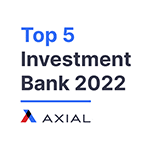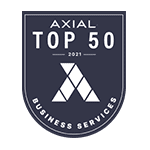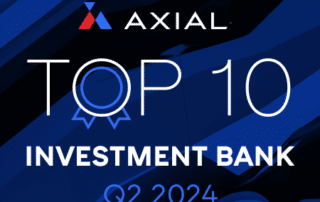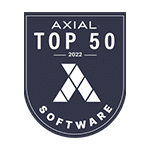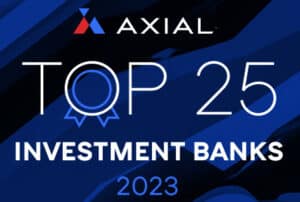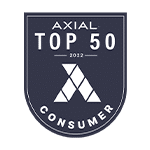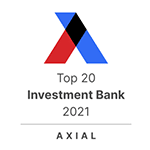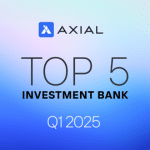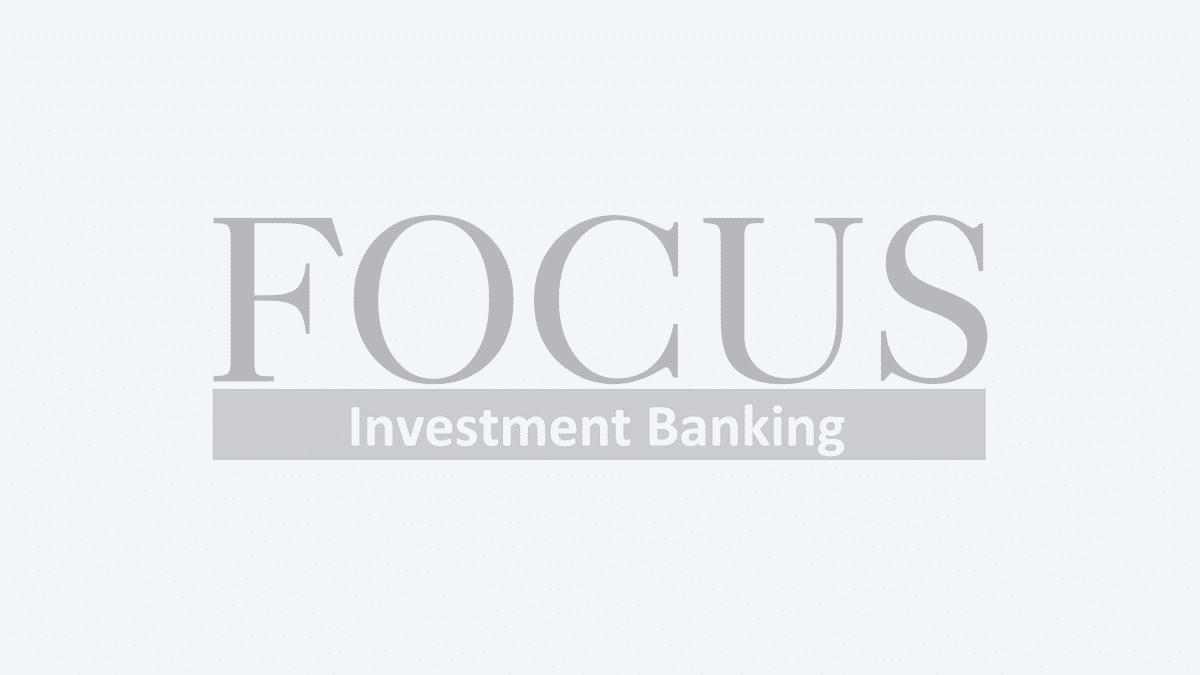
Despite the current turmoil in the venture capital sector, top caliber companies still attract outside capital, although at far more “realistic” valuations than previously, coupled with more stringent market-driven terms and conditions. Expanding upon the issues raised by the Panel, the article below compares the pluses and minuses of a variety of alternative sources of funding available today.
In the current economic environment, a number of alternative sources of capital are available to fund a company’s working capital needs and growth objectives.
Four levels of alternative capital sources are examined here, presented in the order of maturation and financial health of an organization. A number of elements are compared for each source: cost of funds; level of availability of capital; degree of risk assumed by the lender; level of documentation required; timing of the transaction and term of the loan.
Of course, as a company grows and demonstrates success, additional avenues for capital increasingly become available.
Factoring
Accounts receivable factoring may conjure visions of Tony Soprano and his associates. In fact, a number of highly reputable and supportive factors provide a valuable service for younger companies and firms in turn-around mode that do not meet standard bank financing requirements.
Factoring involves the assignment of accounts receivable in exchange for immediate cash as high as 90% (or sometimes even higher) of the face amount of the receivables, depending on A/R quality and size. Factoring typically requires very modest agreement documentation and can be put in place within several weeks.
The quality of a company’s customer base and payment history generally dictates the need for any financial covenants or personal guarantees. The trade off for the risk assumed by the factors is the cost of funds, which in today’s market runs from the low-mid teens to the low twenty percent range, again dictated by the receivable quality.
While some companies are concerned about the stigma of factoring assignment, a quality factor will work with a company and its customers to minimize disruption. A number of factors are affiliated with asset-based lenders and banks, providing a pathway to other sources of capital as a company achieves success.
Asset-Based Lending
As the name implies, asset-based lending (ABL) funds provide line of credit financing secured by a company’s assets. Typically, advance rates are up to 85% on accounts receivable, 60% on inventory and some funds will also advance against capital assets, with advance rates governed by asset quality. Utilizing a line of credit structure, funds availability is generally determined on a weekly basis with daily access to funding.
ABL funding sources assume a moderate level of risk but want to see profitability. Some funds will finance turn-arounds where there is a clear path to profitability. Documentation and due diligence is more involved than with factoring, requiring three to six weeks.
Financial covenants usually are limited to several critical metrics and the loans are generally multi-year with annual renewals. Guarantees or less encompassing validity agreements are dependent on asset quality and financial performance.
The cost of funds for ABL loans ranges from high single digits to the mid-to high teens, again dictated by asset quality and financial performance. A number of ABL funds are affiliated with banks and mezzanine lenders, which once again, provides pathways to additional funding.
Bank Debt
The capital most familiar to many of us is line of credit and term lending from commercial banks. Typically banks look for a minimum of a five-year operating history with the most recent years on a profitable level, although the involvement of a VC can impact this requirement.
Although unsecured lending is available to financially strong customers, bank debt usually is secured by all of the assets of the company. Availability under bank lines of credit is formula based, similar to ABL lenders, although generally at a lower advance rate level.
Documentation is fairly robust with a wide variety of financial covenants and guarantees dependent on financial strength. Lines of credit are almost always annual and multi-year term loans are generally reserved for discrete fundings or customers with strong track records.
The trade off for companies who qualify for commercial bank debt is the cost of funds. Interest rates can vary from sub-prime to high single digits in today’s interest rate environment.
Mezzanine or Subordinated Debt
Mezzanine or subordinated debt is basically cash flow lending without a first lien against the company’s assets. “Mezz-debt” is often associated with acquisitions, although it is available for growth capital, often in combination with straight debt and/or equity.
Term lengths are typically five-plus years with interest only payments in the initial years and principal repayment schedules varying from commencing after two years to bullet repayment at the end of the term. Borrowing levels can range as high as four times cash flow, impacted by the amount of senior, secured debt.
Sub-debt lenders assume a fairly high-risk profile resulting from a reliance on cash flow generation and the lack of security interest. Because of its subordinated nature, banks typically view sub-debt as a form of equity allowing a company to raise significantly higher levels of capital.
The trade off for access to mezz-debt is the cost of funds, which has two components. The first component is the interest rate which is typically a fixed vs. floating rate running in the low teems in today’s environment. The second component is common stock warrants, or a bet on the success of the company. The amount of warrants is negotiated based on the sub-debt lenders expectation of the future success of the company, generally with an expected combined yield along with the interest somewhere in the low twenty percent range.
Because sub-debt is more expensive than straight debt but less costly than equity, it is usually utilized in combination with debt and/or equity for a blended overall cost of funds. Because of its nature, mezz-debt documentation and due diligence is fairly involved, taking several months, although covenants are usually less restrictive than standard bank requirements.
A number of sub-debt funds serve the middle market, with lending levels as low as $1.5M. Some sub-debt funds also provide equity capital and are affiliated with commercial banks.
The Bottom Line
Today, raising capital is about exploring alternatives, with a broad assortment of capital providers in the marketplace including those described here as well as leasing, SBA loans and a host of others.
By leveraging its network of capital providers, Focus Enterprises has assisted a wide variety of companies, including portfolio companies of private equity groups, in successfully raising additional capital by utilizing resources ranging from venture capital fundings to commercial debt financing to sub-debt, factoring and ABL financing.
Companies utilizing Focus investment banking services can expect to accomplish three important objectives: (1) management remains focused on operational execution; (2) the company gains access to and credibility with a broad range of alternative funding sources and (3) the company not only obtains better terms and conditions but also achieves a better fit with the right capital provider to meet long-term company objectives.

